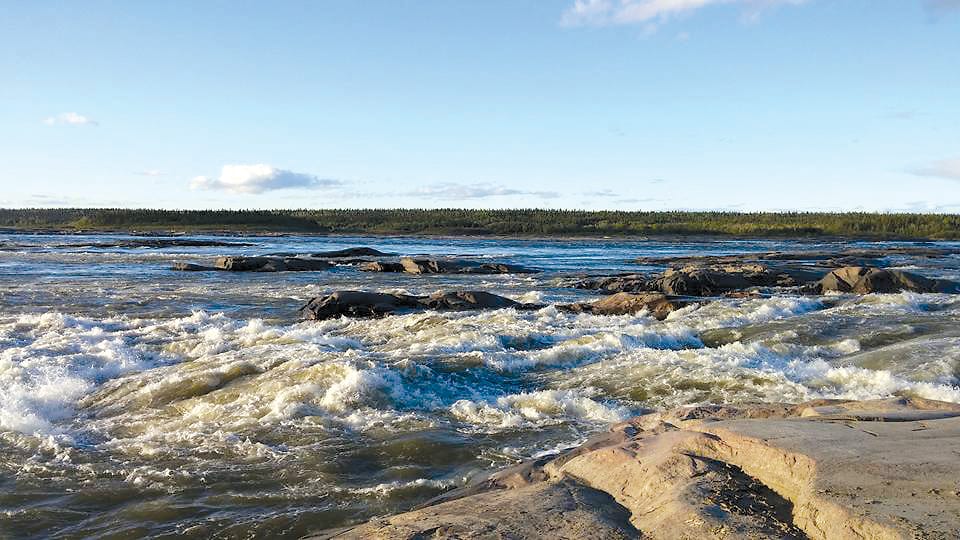There are no major concerns in an annual water monitoring report from The Alberta-NWT Bilateral Water Management Agreement committee, the GNWT said in a news release Thursday.
The Working Together to Manage Our Shared Waters report covered water quality and quantity analyzes from the Slave and Hay Rivers from April 2017-March 2018.
The agreement between the two jurisdictions, signed on March 18, 2015, provides a foundation for long-term cooperative management to protect the ecological integrity of waters flowing across the Alberta-NWT border.

Craig Gilbert/NNSL photo
It establishes decision-making mechanisms between the jurisdictions and commitments for monitoring of water quantity and quality, as well as biological indicators.
Highlights of the third year of the agreement include two reports summarizing information on biological monitoring in the Hay and Slave rivers; a pilot program to monitor benthic macroinvertebrates, such as snails and worms in those rivers; continued surface water quality and monitoring; the development of a report on groundwater in the North; and a first meeting to form the Alberta-NWT Traditional Knowledge Working Group.
“Clean and abundant water is essential to the physical, social, cultural and economic well-being of all residents of the NWT," said Shane Thompson, minister of Environment and Natural Resources. "This agreement represents a cooperative approach to water management between our two jurisdictions."
Jason Nixon, Alberta's minister of Environment and Parks, said he's proud of the ongoing work of both governments to manage the shared waters of the Mackenzie River basin.
"Our joint efforts on several initiatives, such as water monitoring and fish sampling to determine the health of the aquatic environment, will ensure that Canada’s largest river system continues to support environmental, social and economic outcomes in both Alberta and the NWT.”
Bilateral agreements provide a long‐term framework for upstream and downstream jurisdictions to manage shared water resources. They also help ensure that upstream jurisdictions don't threaten the aquatic ecosystem of downstream jurisdictions.